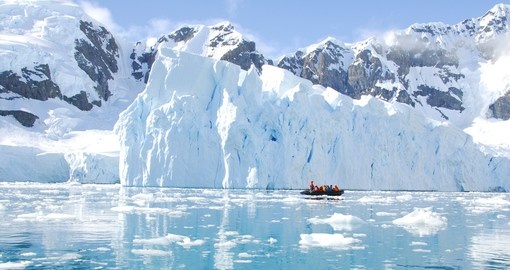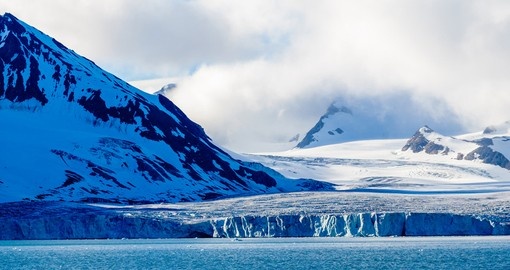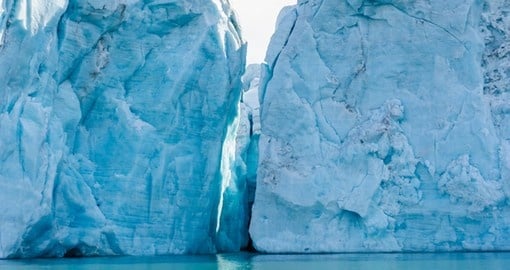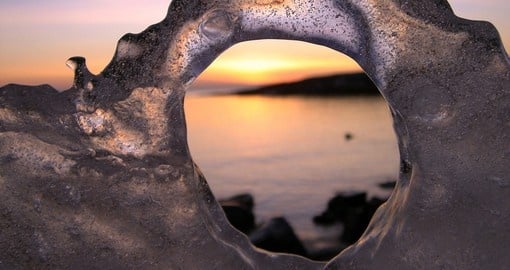Arctic Geography and Maps
Starting with Greenland, this country is located between the Arctic Ocean and the North Atlantic Ocean, northeast of Canada and northwest of Iceland. The country comprises the island of Greenland, the largest island in the world and more than a hundred other smaller islands. Greenland has no land boundaries with its 44,087 kilometres/27,330 miles of coastline. It possesses the world's second-largest ice sheet and sits on top of the Greenland plate, a sub-plate of the North American plate. The land mass is made up of some of the oldest rocks on the face of the earth. The Isua greenstone belt in southwestern Greenland contains the oldest known rocks on Earth, dated at 3.7–3.8 billion years of age.
The vegetation is generally sparse, with the only patch of forested land being found in Nanortalik Municipality in the extreme south near Cape Farewell. The terrain is mostly a flat but gradually sloping icecap that covers all land except for a narrow, mountainous, barren, rocky coast. The lowest elevation is sea level and the highest elevation is the summit of Gunnbjørn Fjeld, the highest point in the Arctic at 3,694 metres/12,119 feet. The northernmost point of the Island of Greenland is Cape Morris Jesup, discovered by Admiral Robert Peary in 1909. Natural resources include zinc, lead, iron ore, coal, molybdenum, gold, platinum, uranium, and fish.
While the largest part of the Canadian Arctic is composed of seemingly endless permafrost and tundra north of the tree line, it encompasses geological regions of varying types: the Arctic Cordillera (with the British Empire Range and the United States Range on Ellesmere Island) contains the northernmost mountain system in the world. The Arctic Lowlands and Hudson Bay lowlands comprise a substantial part of the geographic region often designated as the Canadian Shield. The ground in the Arctic is mostly composed of permafrost, making construction difficult and often hazardous and agriculture virtually impossible.
Since 1925, Canada has claimed the portion of the Arctic between 60°W and 141°W longitude, extending all the way north to the North Pole. All islands in the Canadian Arctic Archipelago and Herschel, off the Yukon coast, form part of the region. Canada asserts control of the North West Passage as part of the Canadian Internal Waters because it is within 20 kilometres/12 miles of Canadian islands. The U.S. claims that it is in international waters. Today ice and freezing temperatures make this a minor issue, but climate change may make the passage more accessible to shipping.
Get a Trip Quote Order a Brochure




















